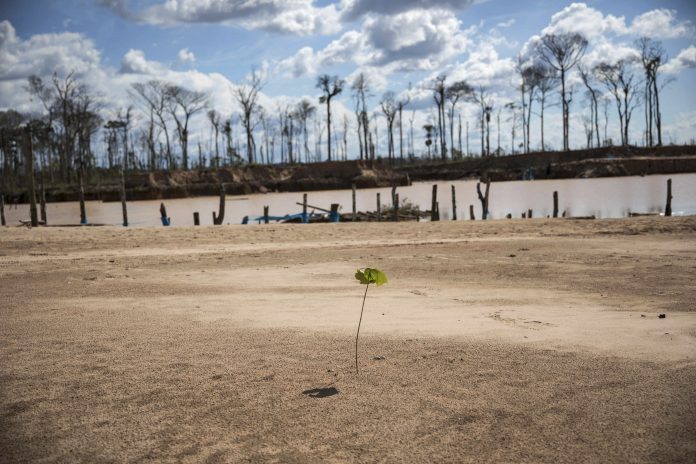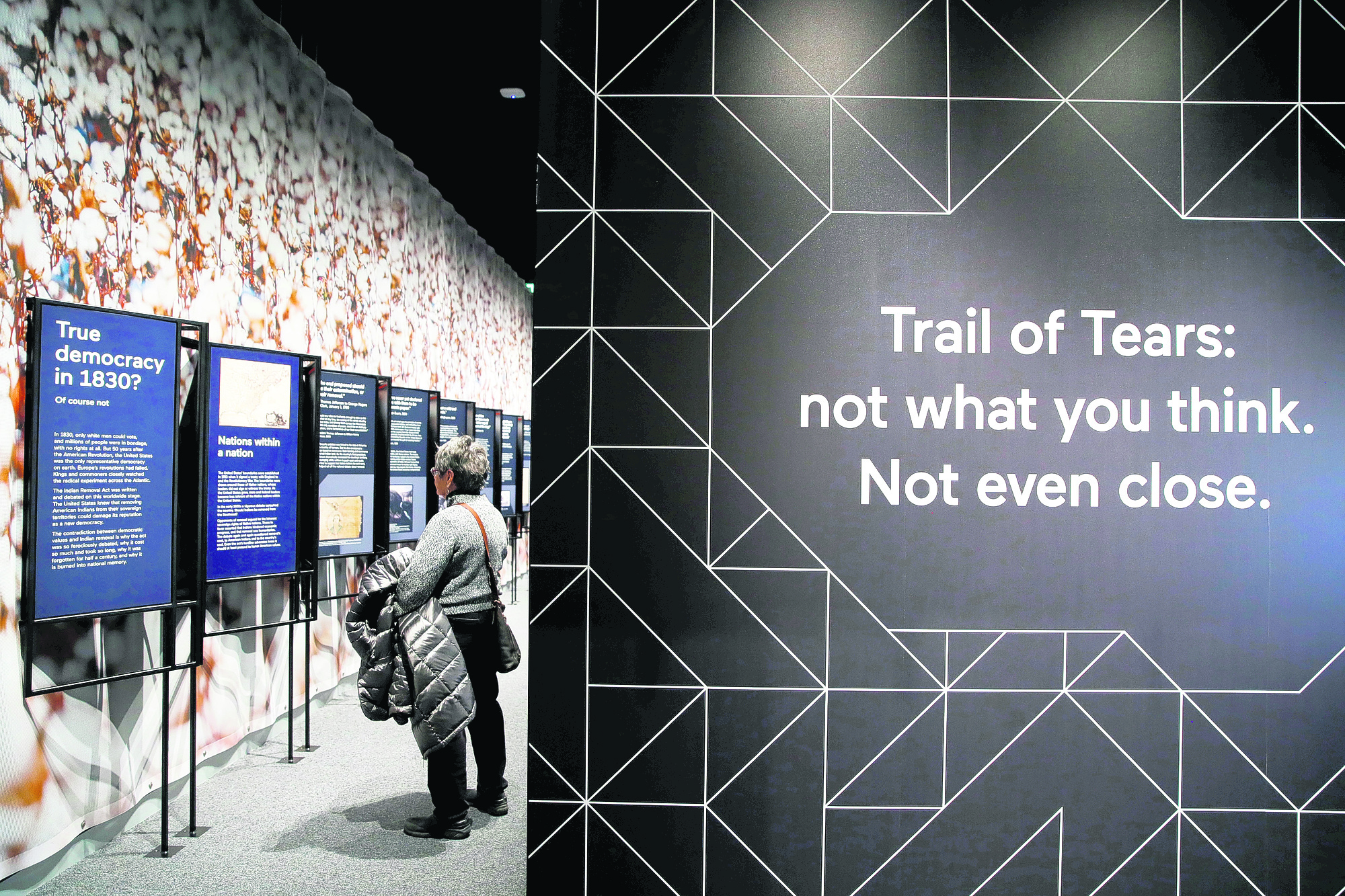
Destruction of the forests can be swift. Regrowth is much, much slower. But around the world, people are putting shovels to ground to help it happen.
They labor amid spectacular recent losses — the Amazon jungle and the Congo basin ablaze, smoke from Indonesian rainforests wafting over Malaysia and Singapore, fires set mostly to make way for cattle pastures and farm fields. Between 2014 and 2018, a new report says, an area the size of the United Kingdom was stripped of forest each year.
Rebuilding woodland is slow and often difficult work. And it requires patience: It can take several decades or longer for forests to regrow as viable habitats, and to absorb the same amount of carbon lost when trees are cut and burned.
And yet, there is urgency to that work — forests are one of the planet’s first lines of defense against climate change, absorbing as much as a quarter of man-made carbon emissions each year.
Through photosynthesis, trees and other plants use carbon dioxide, water and sunlight to produce chemical energy to fuel their growth; oxygen is released as a byproduct. As forests have shrunk, however, so has an already overloaded Earth’s capacity to cope with carbon emissions.
Successful reforestation programs take into account native plant species. They are managed by groups with a sustained commitment to monitoring forests, not just one-off tree planting events. And usually, they economically benefit the people who live nearby — for instance, by creating jobs, or reducing erosion that damages homes or crops.
The impact could be great: A recent study in the journal Science projected that if 0.9 billion hectares (2.2 billion acres) of new trees were planted — around 500 billion saplings — they could absorb 205 gigatonnes (220 gigatons) of carbon once they reached maturity. The Swiss researchers estimated this would be equivalent to about two-thirds of man-made carbon emissions since the start of the Industrial Revolution.
Other scientists dispute those calculations, while some fear the theoretical promise of tree-planting as an easy solution to climate changes could distract people from the range and scope of the responses needed.
But all agree that trees matter. And in many places around the world, people are working to revive them:
— In a region of southeastern Peru called Madre de Dios, forestry researcher Jhon Farfan inspects lands where the forest has already been lost to illegal gold mining.
After cutting and burning centuries-old trees, miners used diesel pumps to suck up deep layers of the earth, then pushed the soil through filters to separate out gold particles. To turn gold dust into nuggets, they stirred in mercury, which binds the gold together but also poisons the land.
Left behind are patches of desert-like land — dry, sandy, stripped of topsoil and ringed by trunks of dead trees.
Last December, Farfan and other scientists with the Peru-based nonprofit CINCIA planted more than 6,000 saplings of various species native to this part of the Amazon, including the giant shihuahuaco, and tested different fertilizers. Since the project began three years ago, the team has planted more than 42 hectares (115 acres) with native seedlings, the largest reforestation effort in the Peruvian Amazon to date.
— After miners left West Virginia’s Cheat Mountain in the 1980s, there was an effort to green the coal mining sites to comply with U.S. law. The companies used heavy machinery to push upturned soil back into place, compacting the mountainside with bulldozers. The result was soil so packed in that rainwater couldn’t seep down, and tree roots couldn’t expand.
Companies planted “desperation species” — grasses with shallow roots or non-native trees that could endure, but wouldn’t reach their full height or restore the forest as it had been. On Cheat Mountain and at other former mining sites across Appalachia, more than a million acres of former forests are in similar arrested development.
Now Michael French, director of operations for the Kentucky-based nonprofit Green Forests Work, and his colleagues are collaborating with the U.S. Forest Service to restore native Appalachian forests and the rare species they support — by first tearing down other trees.
Green Forests Work has reforested around 800 acres within the Monongahela, and it is taking a similar approach to other former mining sites across Appalachia, having reforested around 4,500 total acres since 2009.
— Maria Coelho da Fonseca Machado Moraes, nicknamed Dona Graça, runs a tree nursery that grows seedlings of species native to Brazil’s lesser-known jungle — the Atlantic coastal rainforest.
She collaborates with a nonprofit group called Save the Golden Lion Tamarin, which works to protect and restore the forest habitat of the endangered namesake monkey. “The Atlantic rainforest is one of the planet’s most threatened biomes, more than 90% of it was deforested,” said Luis Paulo Ferraz, the nonprofit’s executive secretary. “What is left is very fragmented.”
As she nears 50, Dona Graça says she is furious at what has happened to the forest, which was whittled down to allow for the urban expansion of Rio de Janeiro and other cities.
And so, between feeding her chickens and raking the leaves, she grows seedlings of rare species. She mixes limestone and clay, places it in plastic nursery bags and plants seeds in them. She irrigates them with water and cow urine.
Local replanting efforts — which aim to reconnect fragmented parcels of forest — often use the seedlings from Dona Graça’s nursery.
She does this, she said, for posterity.
“In the future when I pass away … that memory I tried to leave for the people is: It’s worth it to plant, to build,” she said.q



















